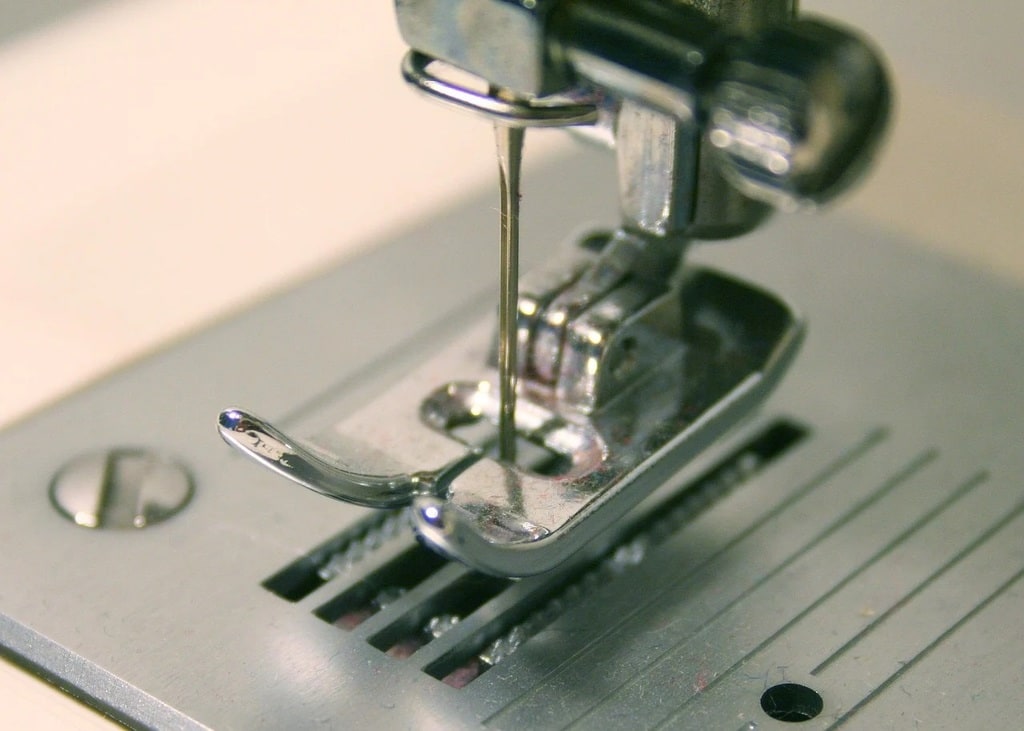The world of fashion has always been a dynamic tapestry woven with threads of tradition and innovation. In recent years, a new movement has emerged within the industry, where avant-garde tailoring is skillfully merging historical craftsmanship with futuristic aesthetics. This fascinating blend not only honors the legacy of traditional techniques but also embraces the limitless possibilities of modern design.
The Fusion of Heritage and Innovation
Avant-garde tailoring represents a bold intersection between the past and the future. Designers are increasingly looking back to classical tailoring methods, such as hand-stitching, bespoke patterns, and the meticulous attention to detail that characterized the ateliers of yesteryear. However, this approach is not a mere replication of the past. Instead, it is a reimagining, incorporating cutting-edge materials and technologies that push the boundaries of what is possible in garment creation.
Traditional techniques serve as the foundation upon which these modern collections are built, providing a framework of quality and craftsmanship. At the same time, designers are exploring new horizons with the use of innovative fabrics such as smart textiles, 3D-printed materials, and eco-friendly alternatives. By doing so, they create garments that not only look forward but also respect and preserve the skills of the past.
This harmonious blend of old and new is particularly evident in the silhouettes and structures that define avant-garde tailoring. Classic cuts are given a modern twist, with unexpected shapes and forms that challenge conventional fashion norms. The result is a collection of garments that are both timeless and revolutionary, rooted in history yet decidedly forward-thinking.

The Role of Technology in Modern Tailoring
Technology plays a significant role in the evolution of avant-garde tailoring. From the design process to the final product, technological advancements are transforming how garments are conceived and created. Designers now have access to digital tools that allow for precise pattern making, virtual fittings, and even the ability to visualize a garment in 3D before it is ever physically made.
The use of technology in tailoring extends beyond the design phase. Innovative production techniques, such as laser cutting and bonding, allow for greater precision and efficiency in garment construction. Additionally, the integration of smart textiles is adding a new dimension to fashion, where clothing can respond to environmental changes or even monitor the wearer’s health.
Technology not only enhances the design and production process but also opens up new possibilities for personalization and customization. The ability to tailor garments to individual preferences and measurements ensures a perfect fit, enhancing the wearer’s experience and satisfaction. As a result, avant-garde tailoring is not only about pushing the boundaries of style but also about creating garments that are uniquely suited to the individual.
Key Elements of Avant-Garde Tailoring
When examining the key elements that define avant-garde tailoring, several characteristics stand out. These elements are essential in creating garments that embody the spirit of this innovative approach to fashion.
- Asymmetry – A common feature in avant-garde designs, asymmetry challenges traditional balance and proportion, creating dynamic and unexpected silhouettes.
- Layering – The use of multiple layers adds depth and complexity to garments, allowing for versatility and adaptability in styling.
- Experimental Textures – By incorporating unconventional materials and textures, designers achieve unique tactile qualities that enhance visual interest.
- Bold Color Palettes – Vibrant colors and striking contrasts define avant-garde collections, making a statement through fearless use of color.
- Artistic Expression – Avant-garde tailoring is often seen as a form of wearable art, with designers using clothing as a medium to convey their creative vision.
These elements, when combined, create garments that are not only visually striking but also intellectually engaging. They invite the observer to question and contemplate the nature of fashion and its role in society.
The Future of Tailoring: a New Era
As the fashion industry continues to evolve, avant-garde tailoring is poised to play a pivotal role in shaping the future of clothing design. By merging tradition with futurism, designers are redefining what it means to create garments that are both innovative and timeless. This approach not only honors the past but also looks towards a future where fashion is more sustainable, inclusive, and technologically advanced.
The potential for growth and transformation within avant-garde tailoring is limitless. As new technologies emerge and designers continue to push the boundaries of creativity, this unique blend of tradition and innovation will undoubtedly lead to even more groundbreaking developments in the world of fashion.
Avant-garde tailoring is more than just a trend; it is a movement that embodies the spirit of exploration and experimentation. By embracing the past and looking towards the future, it offers a new perspective on what fashion can be, inspiring both designers and consumers to imagine a world where clothing is not just a necessity but an art form.
